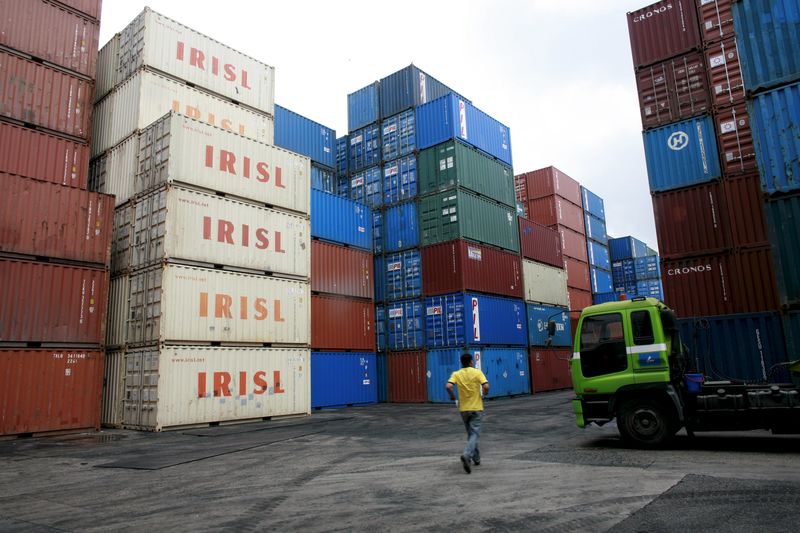Moody’s downgrades Senegal to Caa1 amid rising debt concerns
Investing.com - An agreement to lower tariffs on China has cut the effective U.S. tariff rate on the rest of the world, but the figure is still at its highest level since before World War Two, according to analysts at Capital Eocnomics.
On Monday, Washington and Beijing announced that they had reached an agreement that would slash their sky-high respective tariffs on each other and halt the levies for 90 days.
The move comes after Trump slapped soaring duties of at least 145% on China, leading Beijing to respond with its own retaliatory tariffs of 125%.
Following the deal, the U.S. tariffs on China were brought down to 30%, folding in a baseline 10% levy and separate 20% duties related to Beijing’s alleged role in the flow of the illegal drug fentanyl. China, meanwhile, cut its tariffs on U.S. items to 10%.
This easing in once-intensifying trade tensions between the world’s two largest economies marked the latest in a string of changes in U.S. President Donald Trump’s often-erratic tariff agenda.
Even before the announcement, Trump had instituted a 90-day delay to his elevated "reciprocal" tariffs on most countries, arguing that it would give U.S. officials more time to forge dozens of trade deals with individual nations.
Still, the universal 10% tariff remains in effect, as well as 25% sector-specific tariffs on steel, aluminum, automobiles, and auto parts -- albeit with rebates for vehicles assembled in the U.S. and a partial exemption for the United Kingdom (TADAWUL:4280). Other exemptions for some electronics, critical minerals, and energy have also been granted.
Taken together, Capital Economics’s Neil Shearing and Jennifer McKeown said in a note to clients, the U.S. effective tariff rate has fallen to 15%, below an estimated level of 27% reached during the height of global trade tensions. However, Shearing and McKeown flagged that U.S. tariffs are at the highest levels since the 1930s on average.
While the levies are not tipped to cause a recession in the global or U.S. economy, the economists warned that it remains uncertain what deals the U.S. can notch before the end of the pause on sweeping reciprocal tariffs in July and the expiration of the delay of levies on China in August.
"[W]ith many tariffs ’paused’ rather than removed, it would clearly be wrong to assume that we are out of the woods," Shearing and McKeown wrote.
